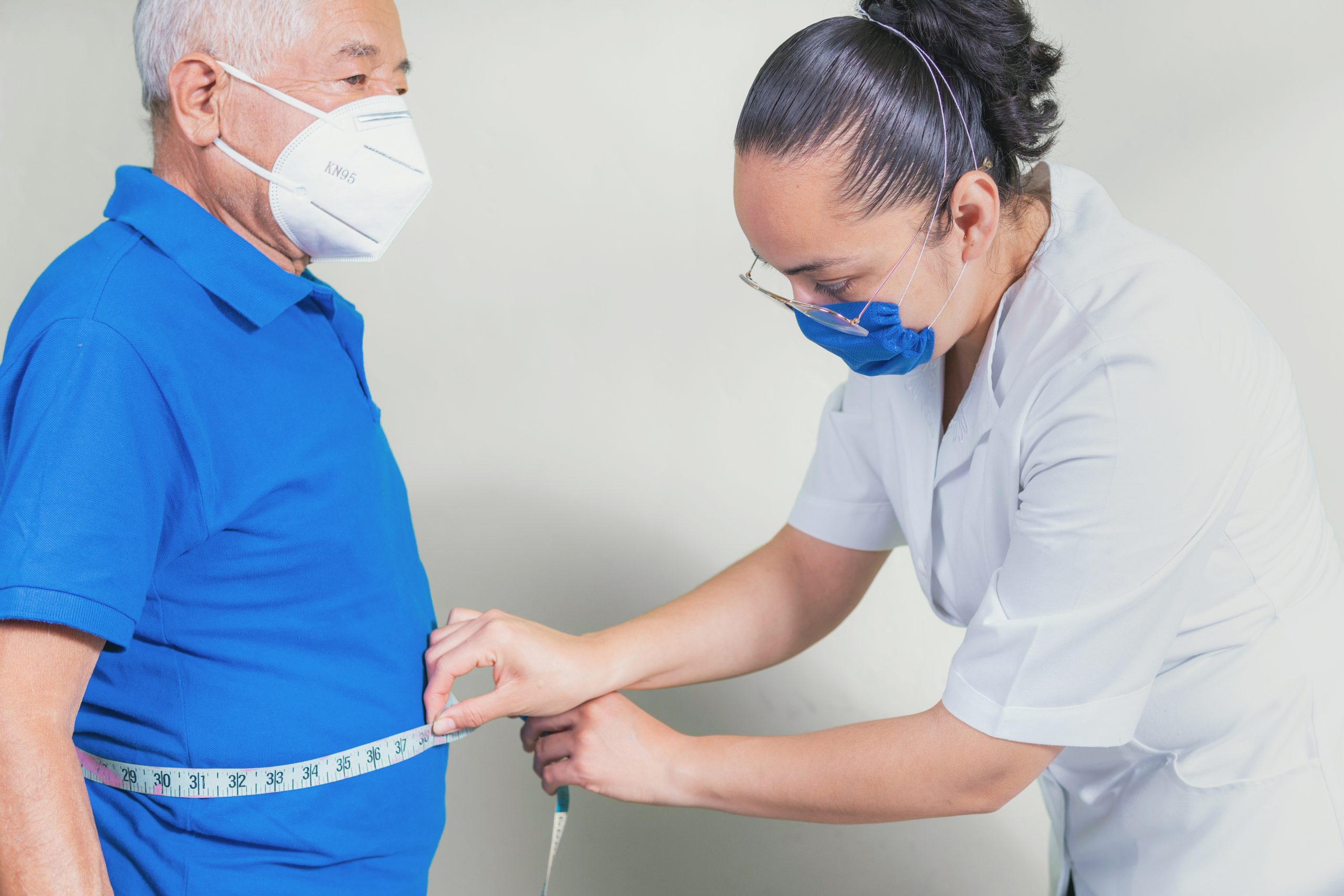
November 14, 2022
Advancements in bariatric surgeries have led to a significant increase in the number of people opting for weight loss surgery. SADI-S procedure, for instance, has gained a lot of popularity because of its minimally invasive nature and a range of other benefits. As a result, we often get a lot of questions related to the SADI-S procedure by people who are considering weight loss treatment. That is why we have compiled some of the most frequently asked questions about SADI-S surgery.
1. What is SADI-S surgery, and how is it different from other bariatric surgeries?
The SADI-S (Single Anastomosis Duodenal-Ileal Bypass with sleeve gastrectomy) is a type of bariatric surgery that involves removing around 85% of the stomach to treat obesity issues in morbidly obese patients. Unlike most bariatric surgeries that require two bypasses, the SADI-S procedure requires only one bypass. And though SADI-S is a type of duodenal switch surgery, the risks associated may be less than those associated with traditional duodenal switch surgery.
2. What are the benefits of the SADI-S procedure?
SADI-S procedure is one of the most effective bariatric surgeries, and it offers relatively more weight loss as compared to standard gastric bypass or gastric sleeve surgeries. It also has a reduced long-term risk of intestinal obstruction. The procedure offers a more powerful metabolic effect as compared to sleeve gastrectomy or standard gastric bypass, which makes it ideal for patients with Type-2 Diabetes. Most importantly, the SADI-S procedure offers the malabsorptive benefits of gastric bypass in addition to the restrictive benefits of sleeve gastrectomy.
3. Who is the right candidate for a SADI-S procedure?
The SADI-S procedure is ideal for morbidly obese patients with a body mass index higher than 50 and obesity-related comorbidities such as high blood pressure, severe sleep apnea, and Type 2 Diabetes. When you consult a SADI procedure surgeon in Fort Worth, TX, they will examine your overall body health and medical history to determine whether you are a candidate for the SADI-S procedure.
4. What are the risks associated with SADI surgery?
Just like any other bariatric surgery, SADI-S procedure comes with some risks, which are quite similar to those associated with other bariatric surgeries. Some of them are – infections, bile reflux, intestinal perforation, anastomotic leaks, abscess, and bowel issues. The good thing, however, is that one can easily mitigate these risks with the right post-operative precautions and by maintaining a healthy lifestyle.
5. Do I need to follow a diet plan after surgery?
Yes, it is important to follow a proper diet plan after the surgery to prevent gaining back the lost weight. You need to follow the diet plan suggested by your doctor to get the best results and avoid a relapse. Some of the dieting tips/guidelines your doctor might ask you to follow include – eating small meals, avoiding fatty food, saying no to sugar, including protein-rich food in your diet, chewing food properly, and taking time to eat your meals.
6. Do I need hospital stay after SADI-S procedure?
Usually, patients are allowed to leave the same day or stay overnight after undergoing weight loss surgery. Consult your doctor to get an exact idea of how long you will be required to stay in hospital, if at all. Also, ask your doctor how long you should wait to get back to work. Typically, patients are advised to take 2-3 weeks of rest before going back to work. However, the period may differ depending on the nature of work, which is why it is best to consult your doctor.
Consult Today
These are answers to some of the most frequently asked questions about SADI-S procedure. When considering SA Procedure in Dallas, you can never go wrong with DFW Bariatrics and General Surgery. For answers to all your questions or to book an appointment with one of our surgeons, call 469-620-0222. You can also fill out our contact form.
